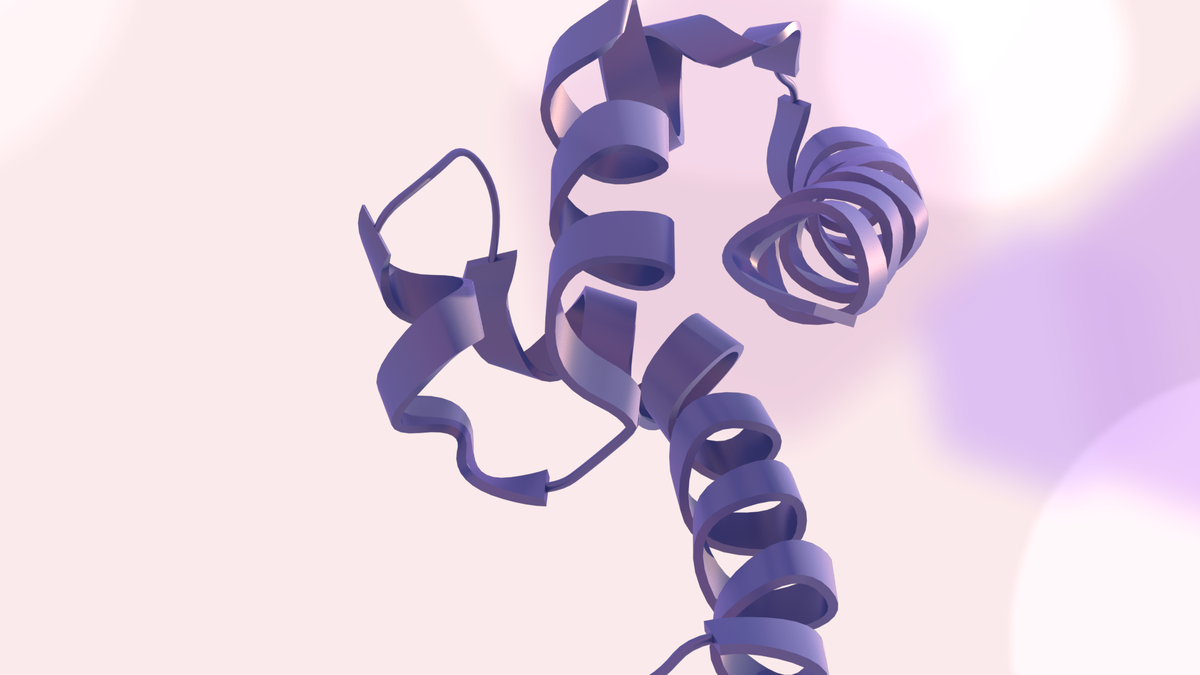Bloom Syndrome is a rare, genetic disorder, and fewer than 300 cases are believed to have been reported worldwide (as of 2023, there were 294 cases registered in the Bloom Syndrome Registry). Recently, a 12-year-old girl diagnosed with the condition, underwent a bone marrow transplant using stem cells from her younger brother at a private hospital in Chennai.
Here is all you need to know about the disorder.
What is Bloom Syndrome?
Bloom Syndrome or BSyn is a genetic disorder, in which the BLM gene, a protein-coding gene does not function as it should, leading to growth delays, increased vulnerabilities to infections, sensitivity to the sun and an increased risk for certain cancers.
The BLM gene, according to the National Cancer Institute (a U.S. government agency) is a gene that makes a protein involved in maintaining the structure of DNA, when DNA is copied in a cell, and in repairing damaged DNA. Mutations in the BLM gene, it says, may cause cells to lose their ability to repair damaged DNA, which may lead to abnormal cell growth.
How does it occur?
Bloom Syndrome is inherited in an autosomal recessive pattern. This means that if both parents have a mutation in one of their two BLM genes and and if the child inherits two of the disease-causing variants of the gene, then the disorder occurs.
Bloom Syndrome is rare in all populations, but is seen most commonly in the Eastern European (Ashkenazi) Jewish population.
Other names for Bloom Syndrome are Bloom-Torre-Machacek syndrome and congenital telangiectatic erythema.
Signs and symptoms
There is a range of symptoms caused by Bloom Syndrome and they vary from mild to severe. However not all people with the disorder have all the symptoms.
Poor growth is a common clinical feature — this happens during the development of the foetus and after birth. Below normal average height and head circumference may be seen. There may also be abnormalities in certain features such as narrowing of the head and face, prominent ears and nose, long arms and legs and high-pitched voices. This apart, skin lesions are another common symptom — the skin is very sensitive to sunlight and red rashes may develop after exposure. Other parts of the body may develop abnormal grey or brown colouration.
Insulin resistance is another issue that many have, leading to an increased risk of diabetes, while other issues include immune deficiencies. This means that people with Bloom Syndrome are at a higher risk of contracting infections such as ear and lung infections and also have an increased risk of getting chronic obstructive pulmonary disease (COPD). Endocrine system problems may lead to hypothyroidism. Development delays may also be seen. Most affected individuals have normal intellectual abilities, though some may have learning disabilities.
In adults, male sterility and female infertility may occur.
What are complications?
Having Bloom Syndrome increases the risk of developing cancer, and at an early age. According to the National Organization for Rare Disorders, a non-profit organisation in the United States, by age 40, a little over 80% of people with the condition develop at least one of a variety of cancers, especially leukemia or lymphoma. The types and locations of cancer are similar though not identical to those seen in the general population, but cancer occurs more frequently and at earlier ages in people with BSyn, its website states. “People with Bloom syndrome appear to have 150-300 times the risk of developing cancerous growths as do people without this condition. Most people with Bloom syndrome are likely to develop cancer over their lifetime,” it notes.
Apart from leukaemia and lymphoma, other cancers that those with Bloom Syndrome may get include gastrointestinal cancers, skin cancer, Wilms tumour and osteosarcoma.
Treatment options
If suspected, Bloom Syndrome may be confirmed through a cytogenic analysis, which analyses chromosomes to identify abnormalities.
Treatment for Bloom Syndrome involves a multi-disciplinary approach. Since there is no specific treatment, the goal is to manage symptoms. Since feeding issues are common in babies with this condition, fluid management is essential to prevent dehydration. Children may be asked to undergo regular evaluations for development monitoring. Antibiotics may be prescribed to treat infections. Limiting contact with direct sunlight and regular visits to dermatologists may be recommended. Immune globulin replacement therapy may be prescribed for those with immune system deficiencies. Monitoring for thyroid issues and diabetes may be recommended. This apart, regular screenings for cancer are recommended for people with this condition.
Indian situation
A few cases of Bloom Syndrome have been reported from India. A 2001 paper in the International Journal of Dermatology reported on a six-year-boy who was believed to have the condition; a 2009 paper in Lung India, reported on the case of a 24-year-old man who was diagnosed with Bloom Syndrome with respiratory failure and a 2016 paper in BMJ Case Reports detailed the case of a 17-year-old Indian man in the U.K., diagnosed with the condition at the age of three.
Published – August 23, 2025 03:50 pm IST
